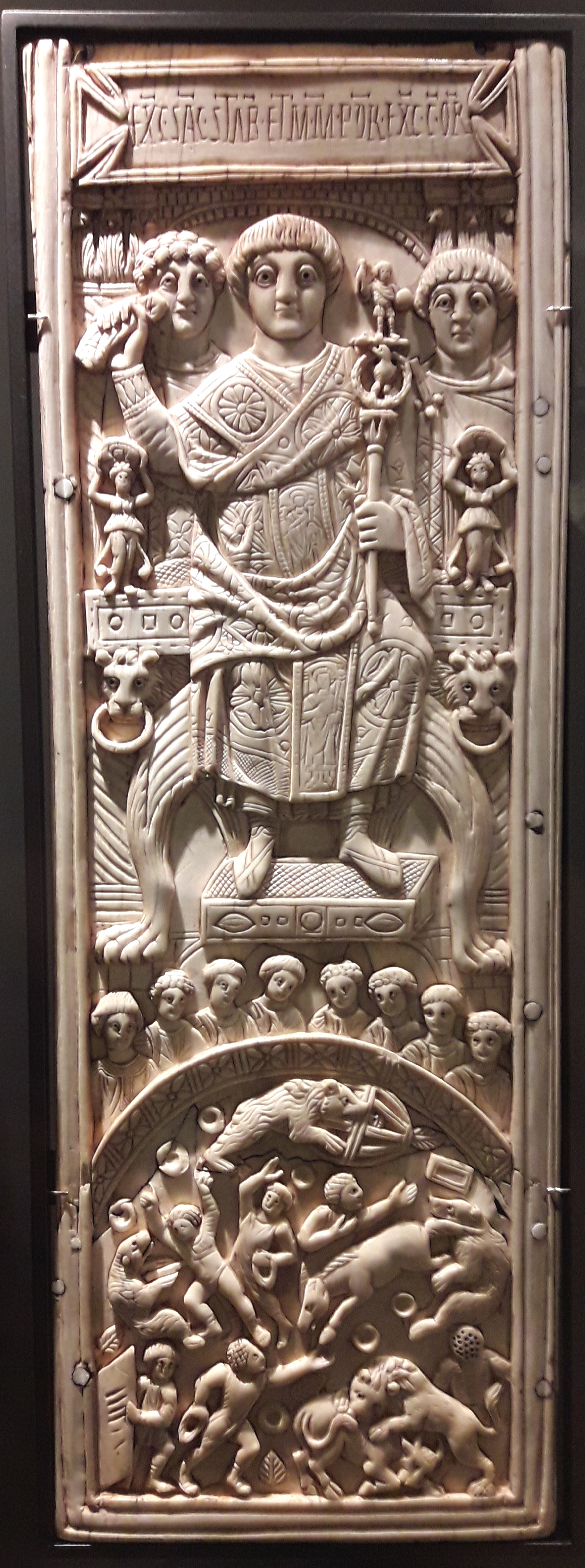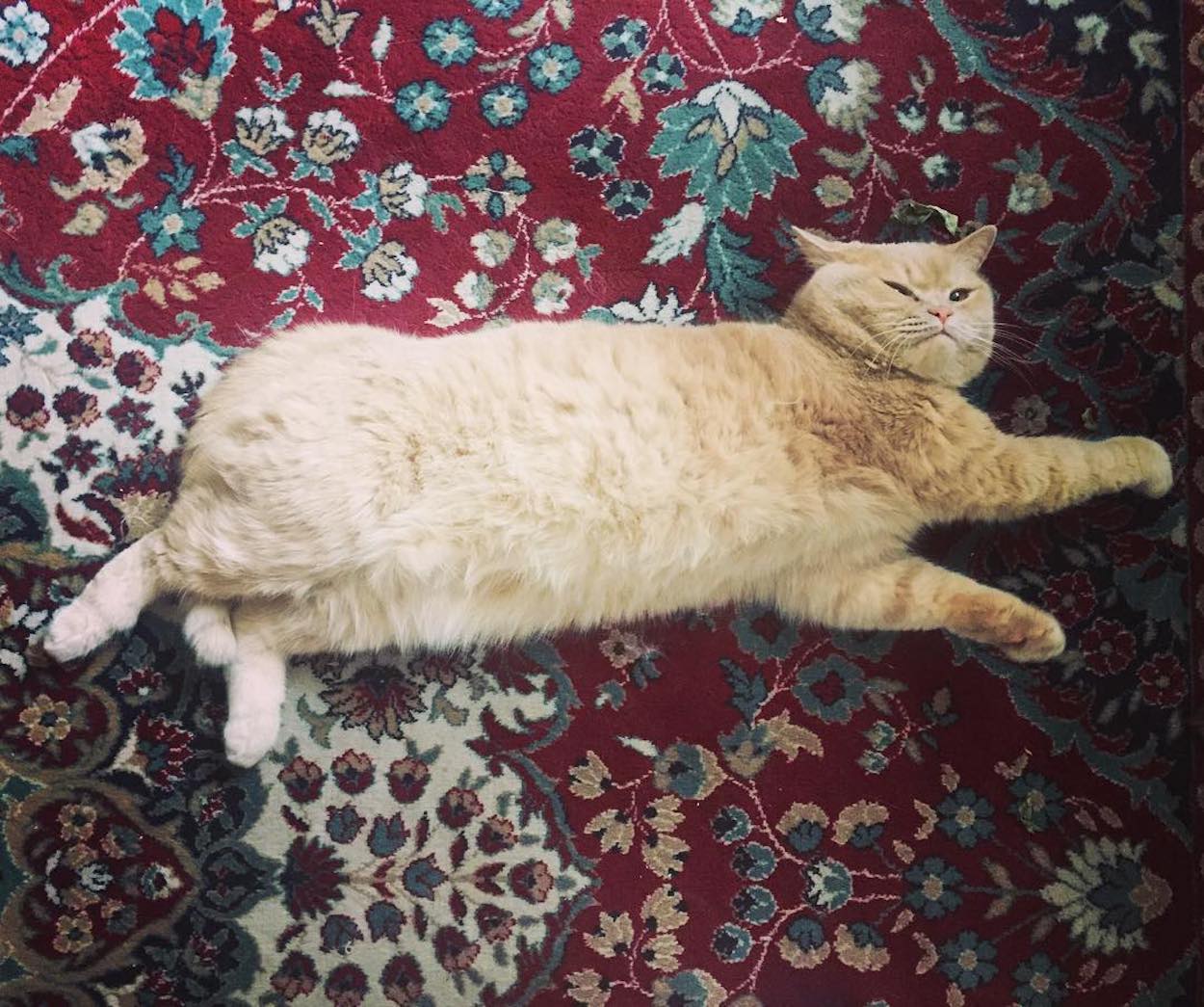This flat ivory panel is one of the two parts of a 6th century’s diptych. Consular diptychs were precious objects ordered by each of the Consuls in order to thank those who supported their political campaigns.
The Consul in question, Areobindus, is the biggest character, wearing ceremonial clothes called trabea picta. He presides over a gladiator game featuring wild animals. His hands handle the consular scepter and the mappa, a piece of fabric he has to drop to start the game. The artist introduced perspective by carving the stage of the games under the consul.
Character faces look generic because diptychs were engraved before elections. Only the hair is different. Character identities and roles are deduced from their sizes and places.
At the top of the panel, the cartouche celebrates the Consul and marks the year 506 CE.
This work comes from ancient Constantinople (modern Istanbul in Turkey). Its verso was coated with wax so that it could be used as a writing case.
- Coraline Méric
P.S. Too serious? Check the erotic art in Pompeii and Herculaneum (NSFW!) here! ;-)


 Unknown Artist
Unknown Artist